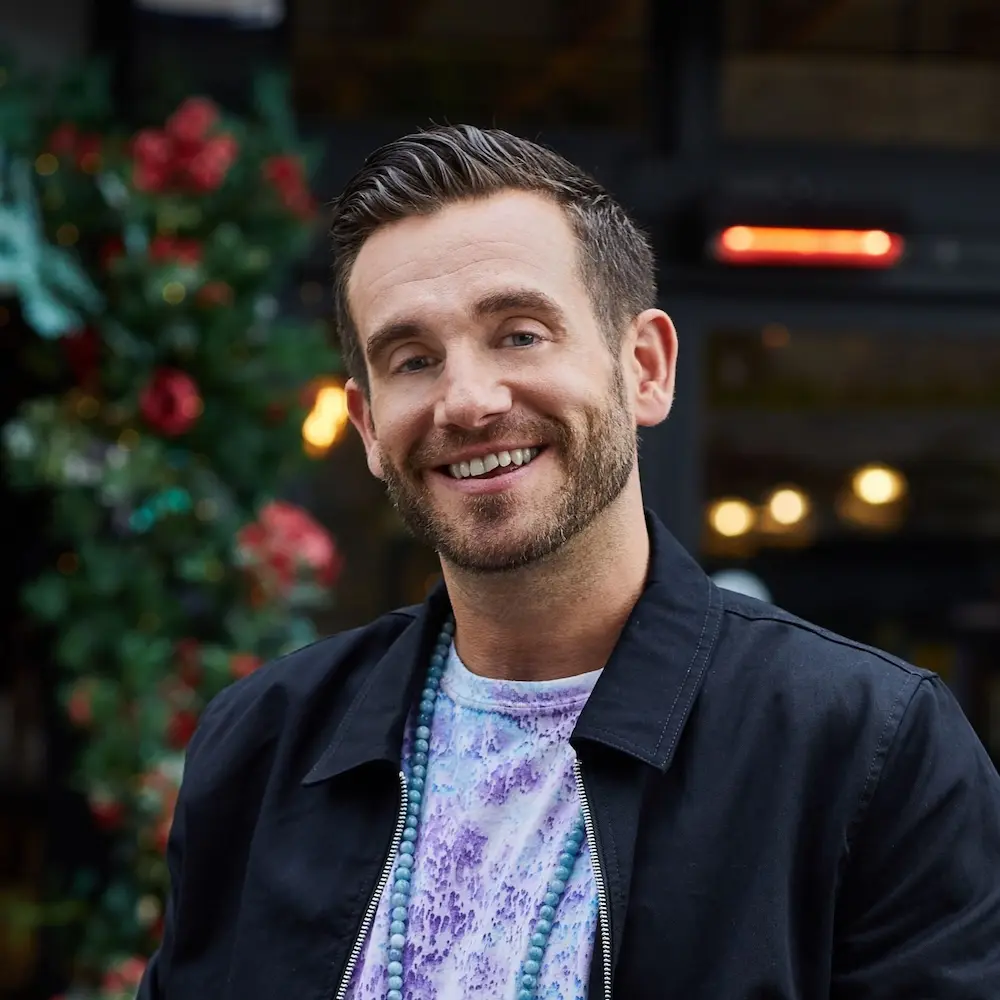Going through a traumatic experience (or witnessing someone else suffer through one) isn’t rare. According to the world mental health surveys by the World Health Organization in 24 countries, in total, 70.4% of respondents have experienced lifetime traumas.
Traditional methods such as therapy, antidepressants, and antipsychotics help many patients. However, they often fall short.
For example, antidepressants do not work well for people who have had multiple traumas over the years or chronic PTSD.
So wondering how to heal from such emotional trauma in a sustainable way? Luckily, there are a few highly effective, highly alternative methods.
Trauma and PTSD: Cause and effect
Trauma is the response to a profoundly disturbing event that impacts your ability to cope and makes you feel helpless. It also diminishes your sense of self and limits your ability to feel a full range of emotions and experiences.
The most common traumas are sexual assault and the unexpected death of a loved one.
As a result of a traumatic event, some people develop post-traumatic stress disorder (PTSD), also known as “shell shock.”
The most common events leading to the development of PTSD are combat exposure, childhood physical abuse, being threatened with a weapon, and accidents.
Although a small minority of people in the population develop PTSD, individuals who have experienced sexual assaults have a high PTSD risk. On the contrary, most people can heal from the trauma of losing their loved ones much easier.
Healing through lucid dreaming: New research by the Institute of Noetic Sciences & Charlie Morley
A lucid dream is a dream in which you know that you’re dreaming as it is happening. Apart from doing fun things like flying, lucid dreaming can be used to heal and integrate your trauma.
About 80% of PTSD patients suffer from nightmares that cause major distress and impact their lives. Moreover, this study found that in military veterans with PTSD, most of their recurrent nightmares are lucid nightmares.
In other words, they have high awareness of their nightmare and low control over its content. Veterans reported feeling stuck and anxious, trying unsuccessfully to awaken from lucid nightmares.
A 2020 study suggests learning lucid dreaming enables people with PTSD to regulate the occurrence and content of nightmares as well as increase their chance of coping with the disorder.
Unlike having a lucid nightmare, in lucid dreams, the dreamer is aware of the dreaming state and can control the dream’s content.
According to Charlie Morley, a lucid dreaming expert and trainer of Mindvalley’s Experience Lucid Dreaming Quest, a lucid dream is an “aha” moment of lucid awareness within a dream. This lucid awareness allows you to interact, choreograph, and direct the dream.
“Even understanding what nightmares are, without being lucid in them, can still have deep healing potential,” explains Charlie.
He teamed up with the Institute of Noetic Sciences (IONS) to conduct a pilot study in the summer of 2021 with the hope of helping those who have PTSD through lucid dreaming.
A team, led by IONS scientist Garret Yount, Ph.D., ran a six-day online workshop taught by Charlie himself. During that time, they explored the specific lucid dream induction techniques found in Charlie’s Mindvalley quest.
More than half of the participants achieved a healing lucid dream during the workshop. Their PTSD symptom scores showed:
- A dramatic decrease
- Fewer negative emotions and distress from nightmares following the workshop
- The negative emotions and distress remained low at a one-month follow-up
On top of that, the participants also experienced improvements in overall well-being.
Healing through psychedelics: Thoughts from Bob Parsons
Pharmacotherapy and psychotherapy are among the most common treatments for PTSD that are prescribed FDA-approved drugs. These are known as selective serotonin reuptake inhibitors (SSRIs).
Although SSRIs are associated with an overall response rate of approximately 60% in patients with PTSD, only 20–30% of patients achieve complete remission, according to studies.
For example, among veterans with PTSD, regardless of the treatment type, many veterans who begin their treatment eventually drop out.
But researchers see dramatic results from therapy that uses psychedelic drugs to treat PTSD, depression, and addiction.
Therapy involving substances like psilocybin and MDMA, better known as ecstasy, shows 80% success rates years after treatment.
In a conversation on The Mindvalley Show with Vishen (formerly known as The Mindvalley Podcast), billionaire Bob Parsons shares his story of healing himself from PTSD with the help of psychedelics.
Most people know him as the founder of GoDaddy and PXG, one of the fastest-growing, privately-held companies in the U.S. But Bob is also a Marine and a recipient of the prestigious Purple Heart Medal.
After his service in the Vietnam War, he returned home with PTSD.
“After I came back home from the Vietnam War, it wasn’t the same as when I left it,” Bob recalls. “I had a short temper, didn’t want to talk with anyone, and my PTSD cost me two marriages.”
In 2018, he had a three-day intensive treatment with plant medicine such as ayahuasca, psilocybin, and LCD. This experience has reversed him back to the way he was before the war.
He says, “I became that positive and happy person I would always be. In my interactions with others, I now listen to what they are saying. Fifty years since the war, I have finally come home.”
Is Bob’s healing from his PTSD trauma an extraordinary phenomenon?
In Dr. Ross’s study, patients noted that after being treated with psilocybin, their quality of life improved. They wanted to engage more with external activities, had more energy, elevated relationships with their family members, and performed better at work.
Healing through breathwork: Techniques from Dan Brulé
Evolution is the resilience in slow motion.
— Dan Brulé
PTSD is a stress disorder characterized by hyperarousal, negative affect, and difficulties with emotion regulation. In other words, people who suffer from it are constantly in a fight-or-flight response.
And the most natural way to shift your state is through breathing.
According to Dan Brulé, the world’s foremost expert and renowned pioneer in the field of breathwork, every psychological, emotional, and physiological state has a corresponding breathing pattern. When your state changes, your breathing pattern changes. And it’s a two-way street—when you change your breathing, you change your state.
“The ability to stay focused on your breathing is the essence of emotional resilience,” he explains. “It’s your ability to manage it, to shift it and control it that allows you to be calm and centered in the eye of the storm.”
Scientists examined the effects of a breathing-based meditation known as Sudarshan Kriya yoga on PTSD outcome variables in U.S. male veterans of the Iraq or Afghanistan war.
The active group showed reductions in PTSD scores, anxiety symptoms, and respiration rate. Furthermore, some participants reexperienced traumatic memories while in a breathing-induced physiological state.
However, after breathwork practice, they reported that these traumatic memories no longer impacted them as strongly.

5 signs you’re healing from trauma
- You’ve accepted and acknowledged that you’ve had a traumatic event that deeply impacted you on multiple levels.
- You no longer avoid your feelings and emotions. You don’t suppress them or bury them within. Instead, you begin feeling them as they are.
- You welcome support from friends, family members, psychotherapists, and energy healers. You are open to conventional and unconventional methods of healing from your trauma.
- You nurture your mind, body, and soul through solid and consistent self-care and self-love practices.
- You’ve forgiven yourself and others for what had happened and see your traumatic experience as an opportunity for growth and evolution.
As Kung Fu Panda says about the past, the present, and the future, “Yesterday is history, tomorrow is a mystery, but today is a gift. That is why it is called the present.”
While you cannot undo your traumatic history, you can heal yourself today by seeing your life as a gift that you can give to yourself and others.
Because you are a survivor with great potential, and you are so much more than your past.








